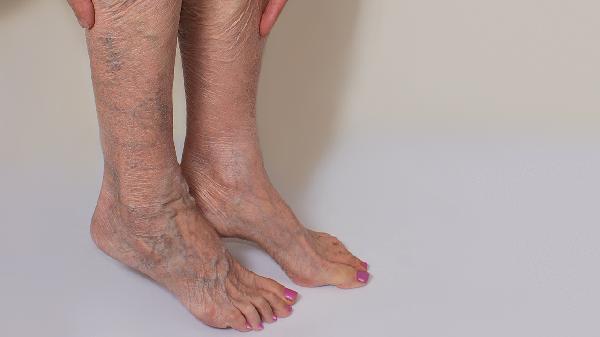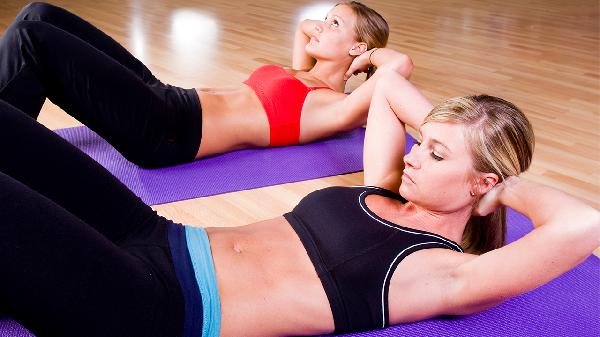Yoga breathing techniques, or pranayama, are far more intricate than the simple act of inhaling and exhaling. These methods are essential for deepening your practice and enhancing the benefits of yoga. Understanding and mastering these techniques can significantly improve your physical and mental well-being. Below, we explore various yoga breathing methods, their benefits, and how they can be integrated into your routine.

Natural Breathing Technique
For beginners, natural breathing is often the starting point. This method involves breathing in and out as needed, without strictly following the instructor’s cues. The goal is to familiarize oneself with the poses and learn to relax during the practice. Once comfortable, practitioners can begin to align their breath with the instructor’s guidance, making each inhalation and exhalation deeper and more intentional.
Abdominal Breathing Technique
Abdominal breathing, or diaphragmatic breathing, is particularly beneficial during poses that involve twists or forward bends. By drawing air deep into the abdomen, this technique helps massage the internal organs, promoting digestion and detoxification. For instance, in a seated twist, the expansion of the abdomen against the thighs creates a natural massage effect, enhancing the pose’s benefits.
Single Nostril Breathing Technique
This method, also known as Nadi Shodhana, involves alternating breaths between the nostrils. Sitting in a cross-legged position, use the thumb and ring finger to close one nostril at a time while breathing deeply through the other. This technique balances the body’s energy channels, calms the mind, and improves focus. It’s an excellent practice for stress relief and mental clarity.
Chest Breathing Technique
Chest breathing focuses on expanding the ribcage rather than the abdomen. While seated, place your hands on your ribs and inhale deeply, feeling the chest rise and the ribs expand outward. This method strengthens the intercostal muscles and enhances lung capacity, making it ideal for improving respiratory health.
Fundamentals of Yoga Breathing
Proper yoga breathing involves more than just inhaling and exhaling. It’s about connecting the breath with the body and mind. Inhalation is seen as a way to absorb universal energy, purifying the body and guiding it toward truth. Exhalation, on the other hand, expels impurities and tension. The key is to breathe slowly and deeply, allowing the breath to flow naturally without force. This mindful approach helps calm the nervous system, reduce stress, and improve overall well-being.
Yoga for Weight Loss
Yoga isn’t just about flexibility and relaxation; it can also be an effective tool for weight loss. Poses like the Standing Chest Expansion, Supine Chest Expansion, Cat-Cow Stretch, and Cobra Twist engage multiple muscle groups, boost metabolism, and promote fat burning. These poses also improve posture, enhance circulation, and support digestive health, making them a holistic approach to weight management.
Benefits of Yoga for Women
Yoga offers numerous benefits specifically for women. It helps stabilize the nervous system, regulate hormones, and support reproductive health. Regular practice can alleviate menstrual discomfort, reduce symptoms of menopause, and improve overall hormonal balance. Additionally, yoga enhances blood circulation, which nourishes the skin, reduces wrinkles, and promotes a youthful appearance. It also strengthens and tones the body, particularly the chest, waist, and hips, helping women achieve a more balanced and attractive physique.
Emotional and Mental Benefits
Beyond the physical, yoga has profound emotional and mental benefits. It encourages mindfulness, reduces anxiety, and fosters a sense of inner peace. By focusing on the breath and the present moment, practitioners can cultivate a more positive outlook and greater emotional resilience. This mental clarity and calmness often translate into improved relationships and a more fulfilling life.
In conclusion, yoga breathing techniques are a cornerstone of a successful practice. Whether you’re a beginner or an experienced yogi, incorporating these methods into your routine can enhance your physical health, emotional well-being, and overall quality of life. By understanding and mastering these techniques, you can unlock the full potential of your yoga practice and enjoy its myriad benefits.
























